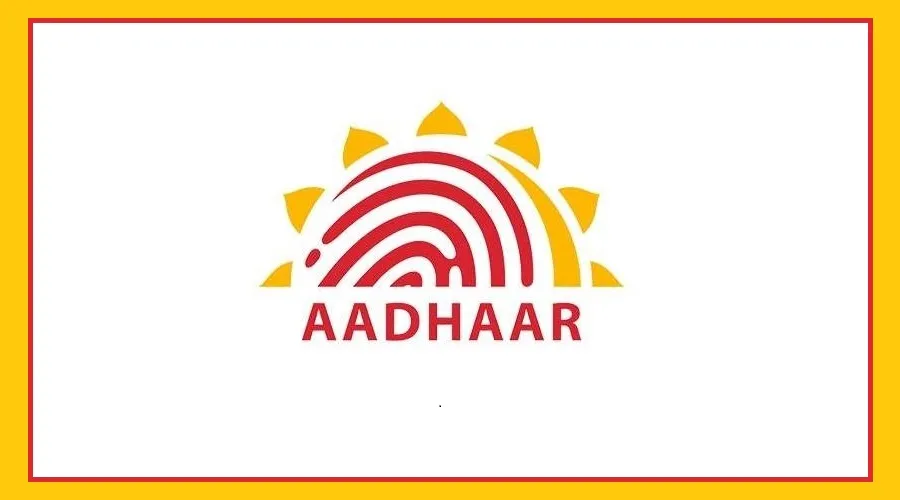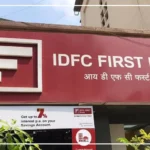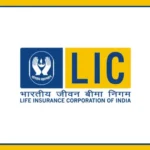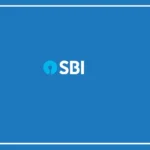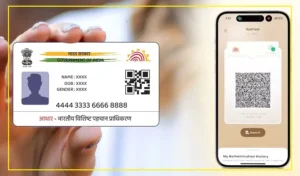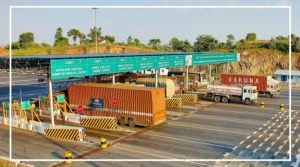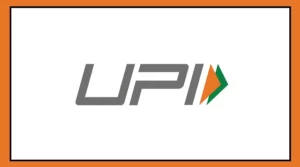Starting November 1, the Unique Identification Authority of India (UIDAI) is introducing a major update that will make managing your Aadhaar easier than ever.
Users can now update their name, address, date of birth, and mobile number online without visiting an enrolment centre.
This new automated verification system will cross-check your information with government databases such as PAN, passport, driving licence, ration card, and birth certificate.
The goal is to reduce errors, save time, and make the Aadhaar system more secure and efficient.
New Aadhaar Fee Structure and Free Online Updates
For those who prefer visiting an enrolment centre, UIDAI has introduced a revised fee structure:
Demographic updates (like name or address): ₹75
Biometric updates (photo, fingerprint, iris): ₹125
Mandatory biometric updates for children aged 5–7 and 15–17: Free
Document updates: ₹75 (but free online until June 14, 2026)
Aadhaar print: ₹40
Home enrolment: ₹700 for the first person, ₹350 for each additional person
Aadhaar-PAN Linking Deadline and Simplified KYC
The government has announced December 31, 2025, as the final deadline for Aadhaar-PAN linking.
From January 1, 2026, any unlinked PAN card will become inactive.
For new applicants, Aadhaar authentication is now mandatory, promoting a seamless digital identity system.
To make verification easier, banks and financial institutions can now complete KYC (Know Your Customer) through Aadhaar OTP, video KYC, or in-person verification.
This step aims to make the process faster, paperless, and more secure.
Banks to Allow Up to Four Nominees per Account
From November 1, bank account holders will be able to add up to four nominees for their savings accounts, fixed deposits, lockers, and safe custody articles.
You can assign a specific share or percentage to each nominee, totaling 100%.
This change ensures smoother claim settlements and greater clarity in financial succession planning.
The Bottom Line
From Aadhaar updates to banking rules, these reforms aim to simplify daily life, strengthen digital systems, and make financial processes smoother.
With online access, reduced paperwork, and better security, India is clearly moving toward a more connected and efficient digital future.


